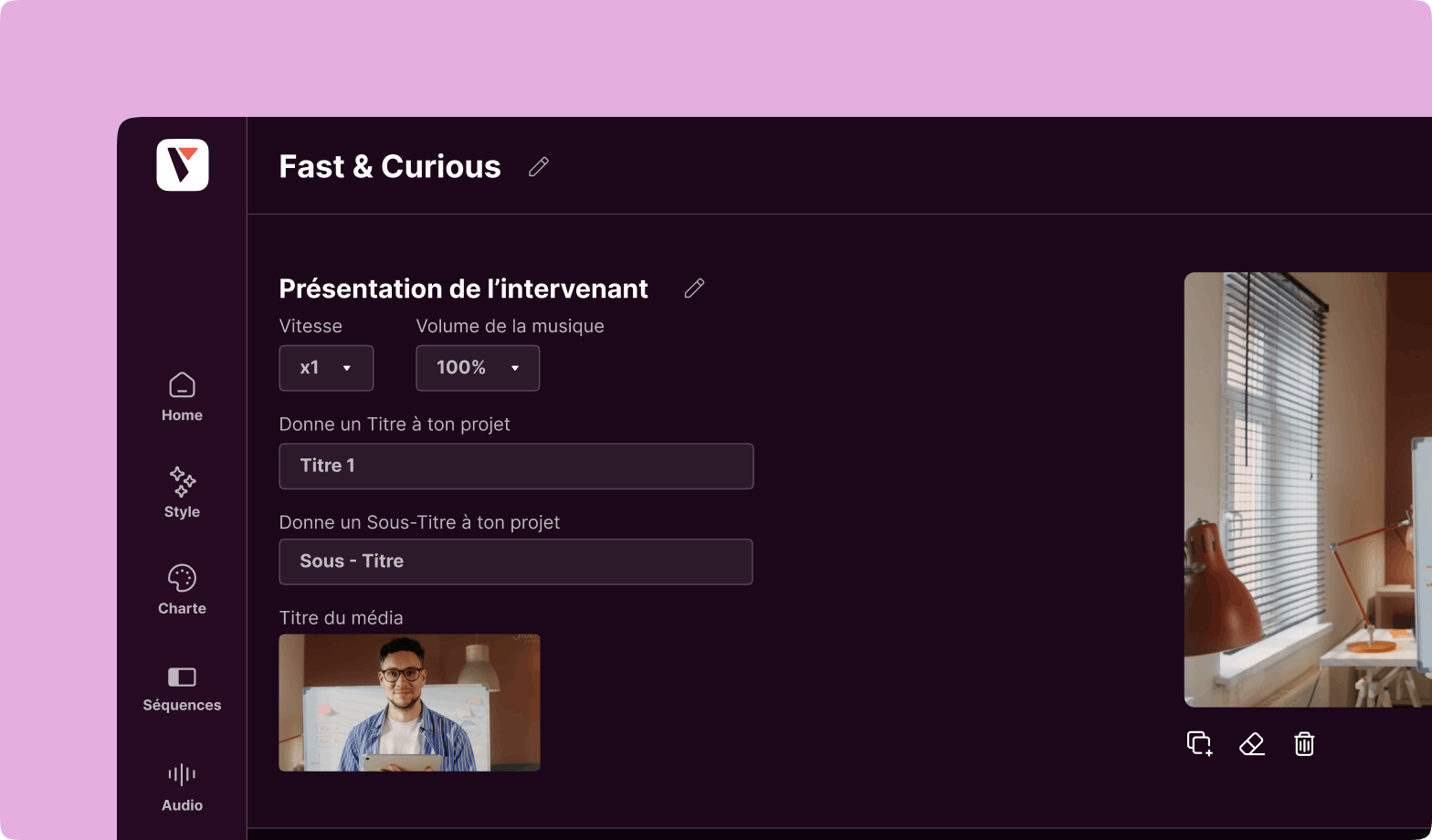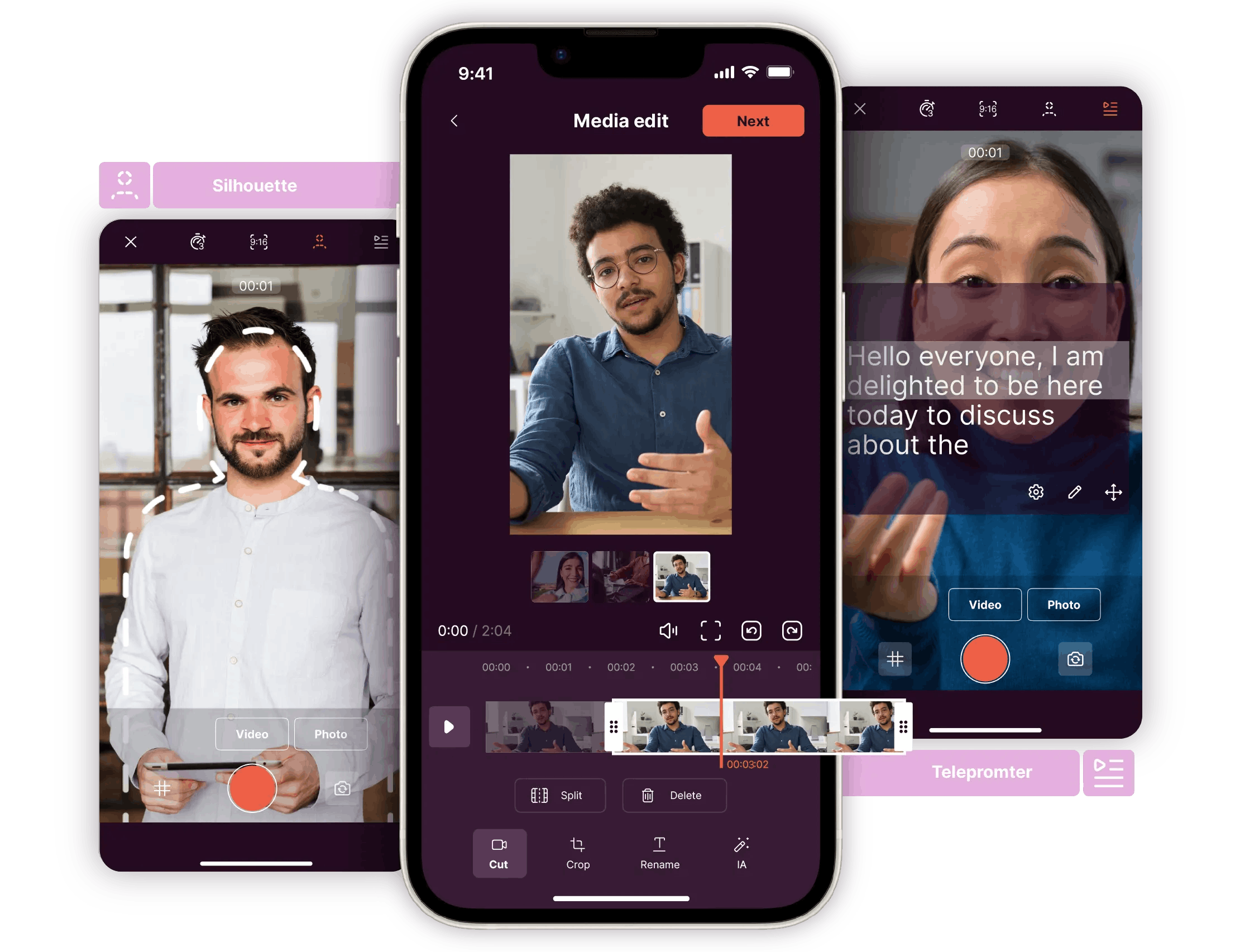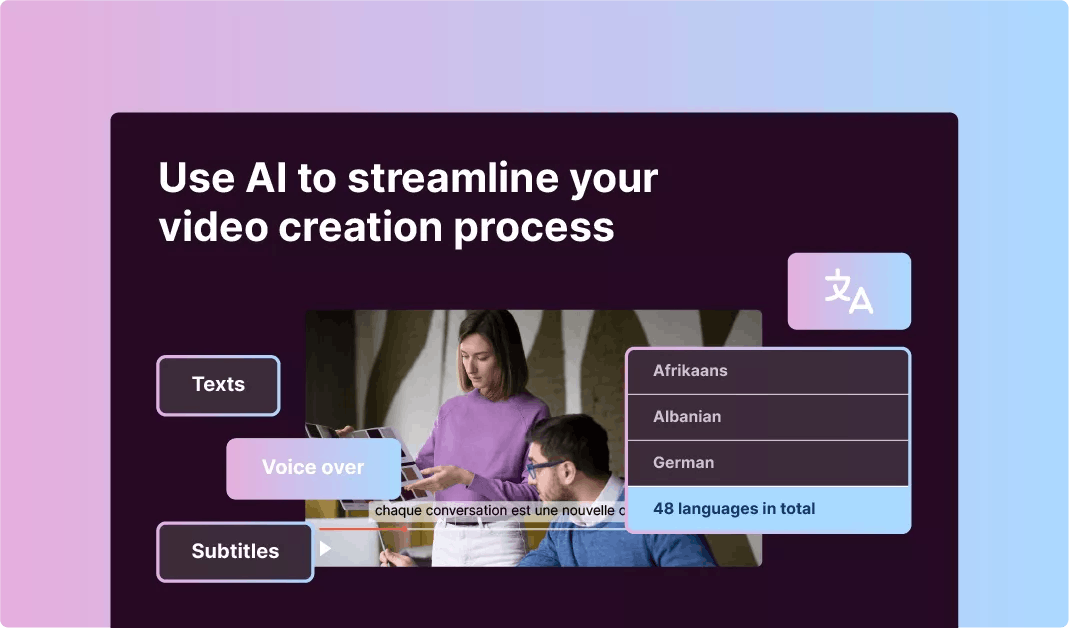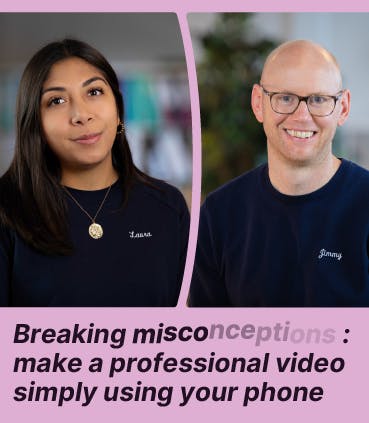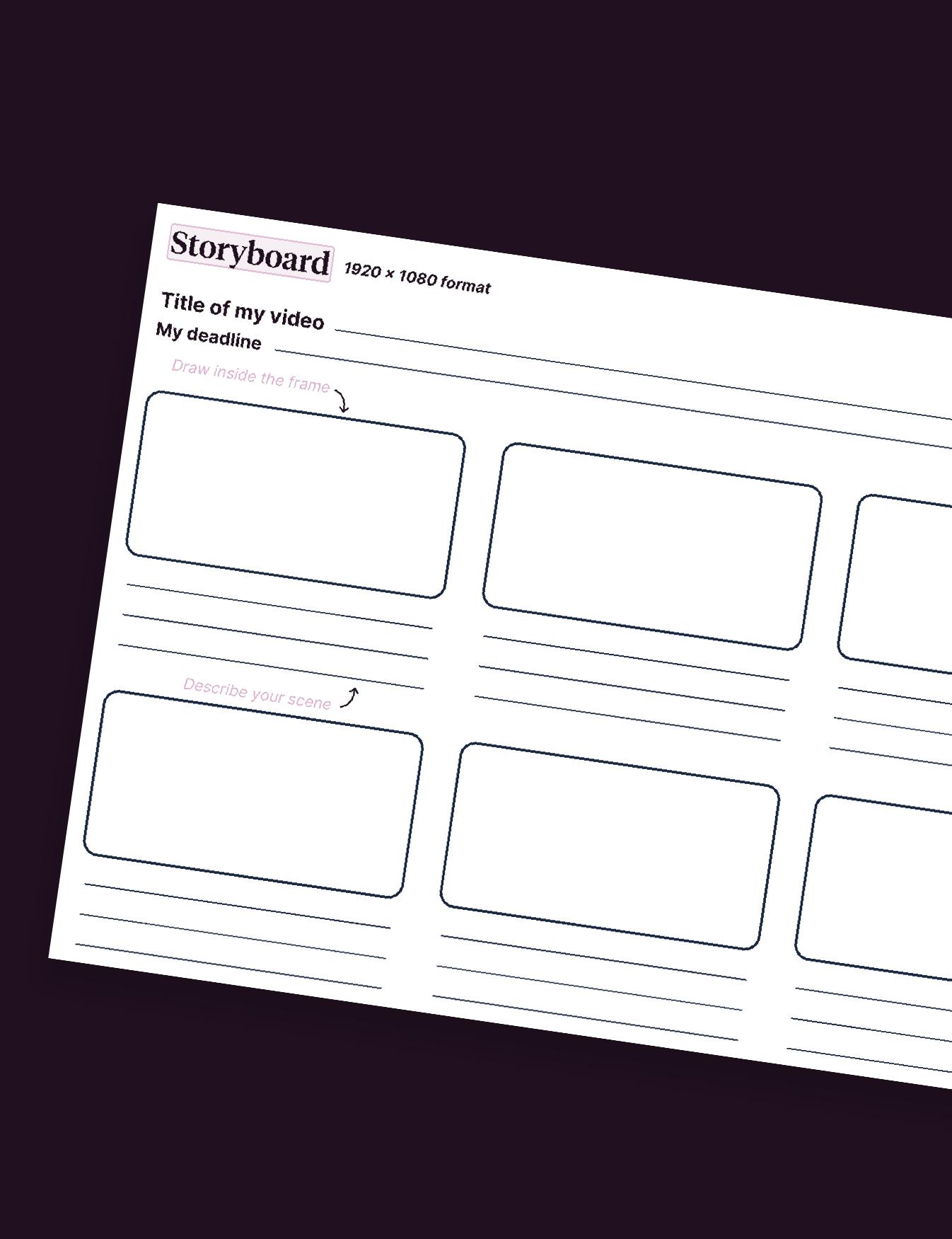The new challenges of internal communications

The digitisation of communication methods, the proliferation of spokespersons and the advent of the social media are profoundly changing the objectives of communications departments. What are the challenges in 2019?
From guardians of information to coordinators of different content producers
With the proliferation of content and its producers, the Communications Department needs to ensure that the company’s communication is consistent and monitor any content associated with the brand.
The prerogatives of communications managers have changed. They are no longer merely the company’s official spokespersons; they’re also required to monitor the consistency of all messages, regardless of their sources and communication channels.
Communicators now need to manage all brand touchpoints, both offline and online.
The digitisation of communication
Digitisation impacts every strategic aspect of communication. This is the era of Media Relations 2.0, in which communications departments adopt inbound marketing techniques, for example, to attract journalists (emails, marketing automation, etc.) and manage their public relations.
Rich media, such as web documents or video, now complement other more traditional tools such as email or print communication.
When it comes to events, the visitor experience and digital communications extend the lifespan of events beyond the events themselves, which enhances event communication strategies.
As a result, companies are increasing the digitisation of their communications departments in order to improve their ROI in every aspect of their communication mix.
The company as a medium
We are witnessing a complete paradigm shift. The importance of social media has led to a dramatic drop in budgets historically allocated to traditional advertising and media in favour of content and events now produced by in-house teams or by other stakeholders associated with the company.
At the same time, the capacity for collaborative and decentralised production of content and events is increasing. For example, the IT and Sales Departments communicate on a new CRM project; the Human Resources Department communicates regularly on new training they’ve posted or on the arrival of new employees; general departments communicate on updates to the corporate charter, etc.
With this proliferation of content, the company has become a medium in itself. Especially considering that the best sounding board for this content and the best agents are now the communities created within large groups around business areas, influencers, professional subjects, alumni of large schools, or associations and foundations.
For example, in addition to its traditional PR work, a large group will want to produce new, more specific content for the data scientist community for example, a women’s intrapreneur club or a school alumni club, etc.
The communication strategies of large groups are now targeting this type of audience. The idea is to provide content for these different communities, which will also communicate with their own codes, making company communications more genuine and transparent, while expanding their reach.
Encouraging and promoting employee advocacy
On the one hand, company employees want to be more involved in their organization’s communication. On the other, the credibility and importance of the opinions of company “ambassadors”/influencers has grown in the media and on social platforms.
These two trends explain why many companies have launched big brand advocacy strategies, particularly involving employee advocacy. These new strategies are based on two pillars: easy access to content creation tools and collaborative information management.
As a result, the basic goal of the Communications Department is to collaborate with both internal and external audiences and, ultimately, to operate as a kind of agency. So co-creation with relevant stakeholders has become increasingly important in the process of creating communication content.
Setting the tone
Breaking down communication silos doesn’t mean communicating in a haphazard way. On the contrary. To find the right tone and maintain consistency, communications managers need to clarify the tone to be adopted for each audience. The training of content producers is essential for this kind of strategy.
And it’s not uncommon for some companies to anticipate this communication and specify content guidelines. Companies will then send a document indicating the content to be communicated as well as some writing guidelines to the people who will be communicating on it.
Providing content guidelines makes it possible to unite all authors around a common culture.
This co-creation of content is clearly only feasible if everyone involved adheres to the corporate culture. So this corporate culture needs to be built by regular communication.
Resources
